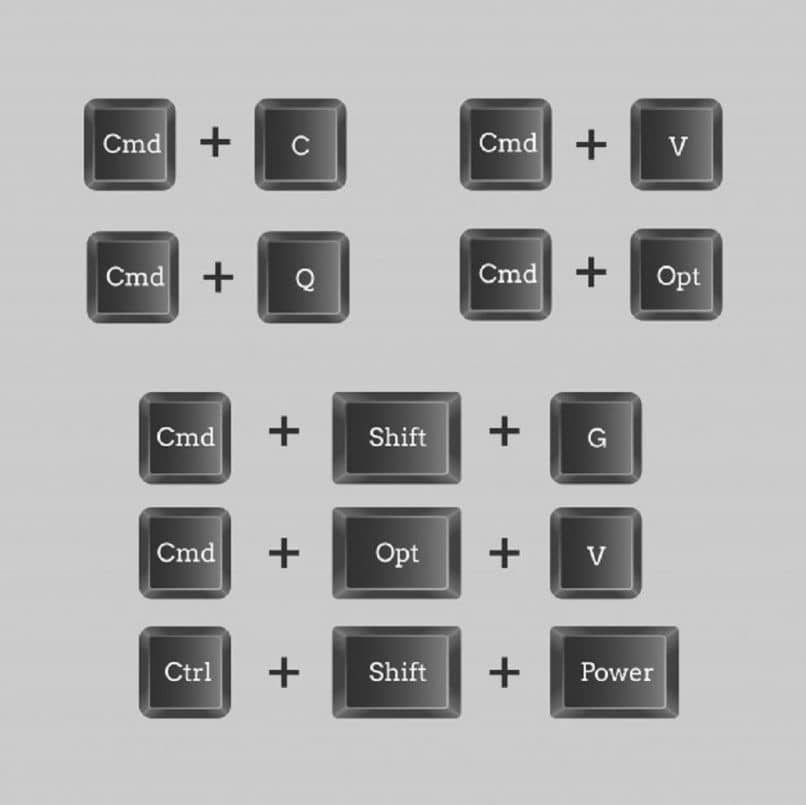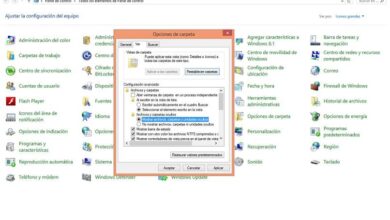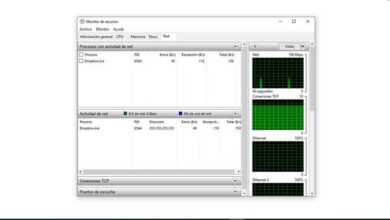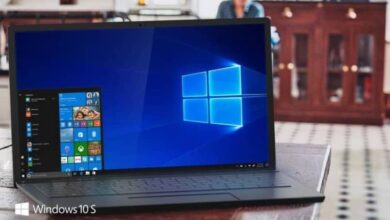How to reduce or minimize the size of a window in Windows with the keyboard

Time is the most precious resource we have. Therefore, when using the computer, it is important to be as efficient as possible. With that in mind, in this article, we'll show you how to reduce or minimize the size of a window in Windows with your keyboard . We will also teach you other shortcuts that will surely be useful to you on a daily basis.
How to reduce or minimize the size of a window in Windows with the keyboard
1 method: use direction arrows . To minimize a window in Windows, simultaneously press the "Windows" + "Down Arrow" keys.
If the window is maximized, this combination will reduce its size, but will continue to display its contents. To minimize it completely and hide it in the taskbar, perform the combination of these keys twice.
On the other hand, you can also use the other arrows to control window size . For example, if you press "Windows" + "Left or right directional arrow", the window you are working on will go to that position.
This is ideal for times when you need to open simultaneously two windows . With the up arrow you can enlarge a window and place it in full screen. This way you can fully focus on what you are working on. If you are particularly interested, you can find out what Windows 10 focus assistant is and how it works .

2 method: use keyboard letters . You can quickly minimize any windows you have open by simultaneously pressing "Windows" + "M" keys.
You can also use "Windows" + "D" to show or hide the desktop. While with the first one you can only minimize windows, with the second combination you can bring them back to their original state, as this will maximize them all at the same time.
Without a doubt, these useful shortcuts will help you to save time and be more efficient when using your computer. However, these aren't the only key combinations that allow you to be more agile with your device.
Get to know these keyboard shortcuts in Windows and make the best use of your time
Here is a summary of most useful keyboard shortcuts that you can use under Windows. These are divided into categories in order to better understand their purpose.
It should be noted that this operating system also gives you the option of create your own custom keyboard shortcuts , in case you don't like the ones listed below.
General keyboard shortcuts
- Windows + L: block the active user.
- Windows + E: opens a new file explorer window.
- Windows + F: opens a new search window to find files and folders.
- Windows + I: open the configuration menu. Only under Windows 8 and 10.
- Windows + P: opens the menu for managing the screen sharing function on other monitors.
- Windows + Q: turn on Cortana. Only on Windows 10.
- Windows + R: pull down the “Run” menu.
- Ctrl + Alt + Del: opens the menu to control the locking of actions, change user, log out and the task manager. This is one of the most useful, so we recommend that you expand your knowledge about it by learning what it is and what its key combination is for .

- Ctrl + Shift + Esc: opens a new task manager window.
- Windows + plus (+): activate the magnifying glass. You can control the magnification with Windows + plus (+) and Windows + minus (-). To close the application, press Windows + Esc].
- Windows + number: Start the program which is anchored to the corresponding location on the taskbar.
- Windows + Ctrl + Shift + number: Start the program anchored at the corresponding location on the taskbar as administrator.
Keyboard shortcuts for managing windows
- Alt+F4: closes all windows of the program active in the foreground.
- Alt + Tab: displays a view of all open windows (press Tab again to switch windows)
Keyboard shortcuts for managing applications
- Ctrl + A: select all items in a window, be it files, text, folders, etc.
- Ctrl + X: cut.
- Ctrl + C: copy.
- Ctrl + V: paste.
- Ctrl+Alt+V: paste and open paste options.
- Ctrl + Z: cancel.
- Ctrl + Y: redo the modifications.
- Ctrl + F: open the search field.
- F5: In file explorer and browsers, refresh the active window.
- Windows + period (.): Insert emoticons, only on Windows 10.
Not all combinations exist. If you want to become a professional using your computer, find out the best combinations or keyboard shortcuts under Windows and ios .




